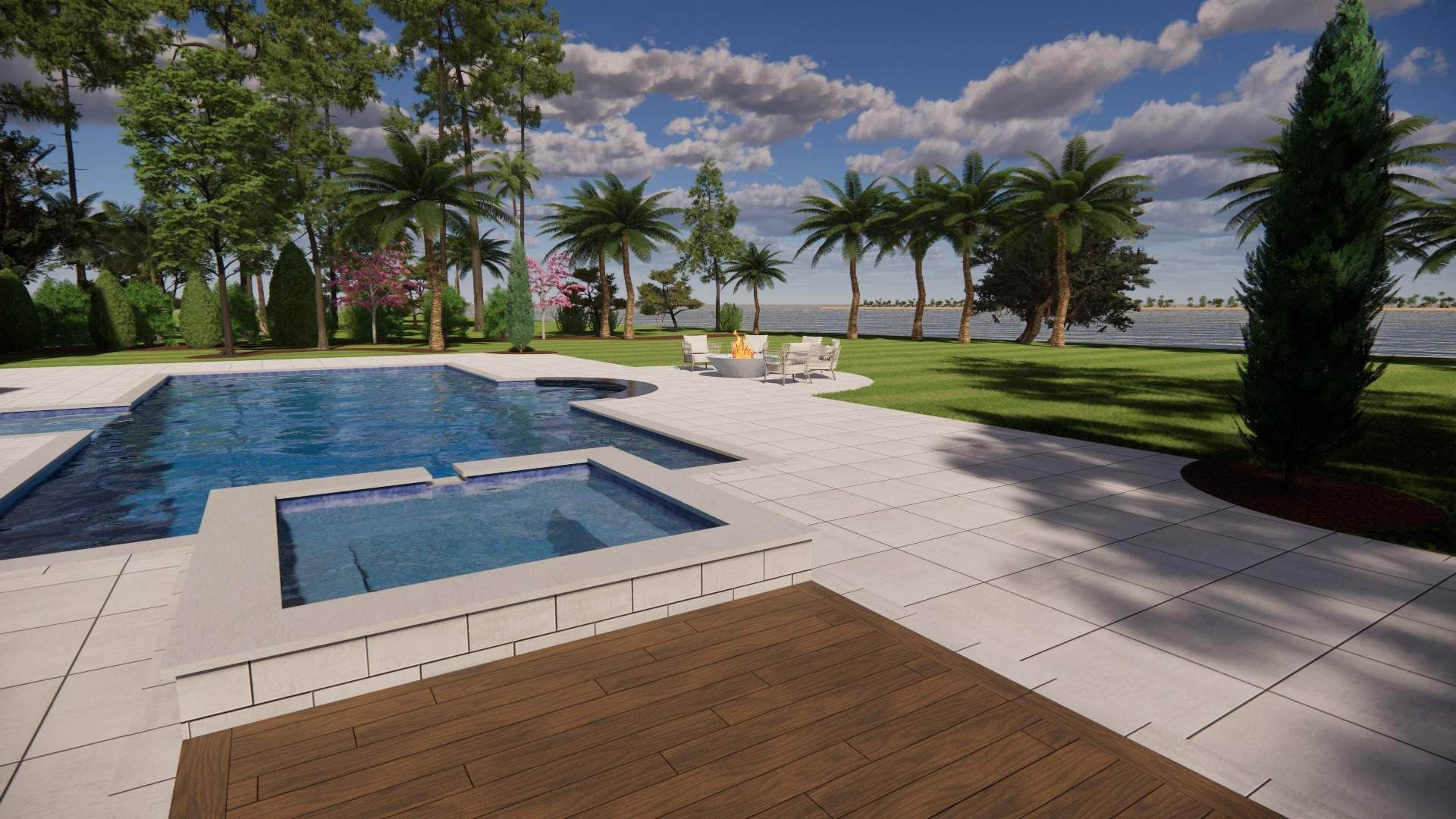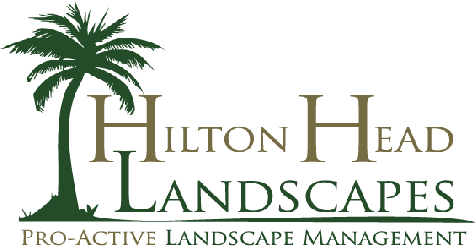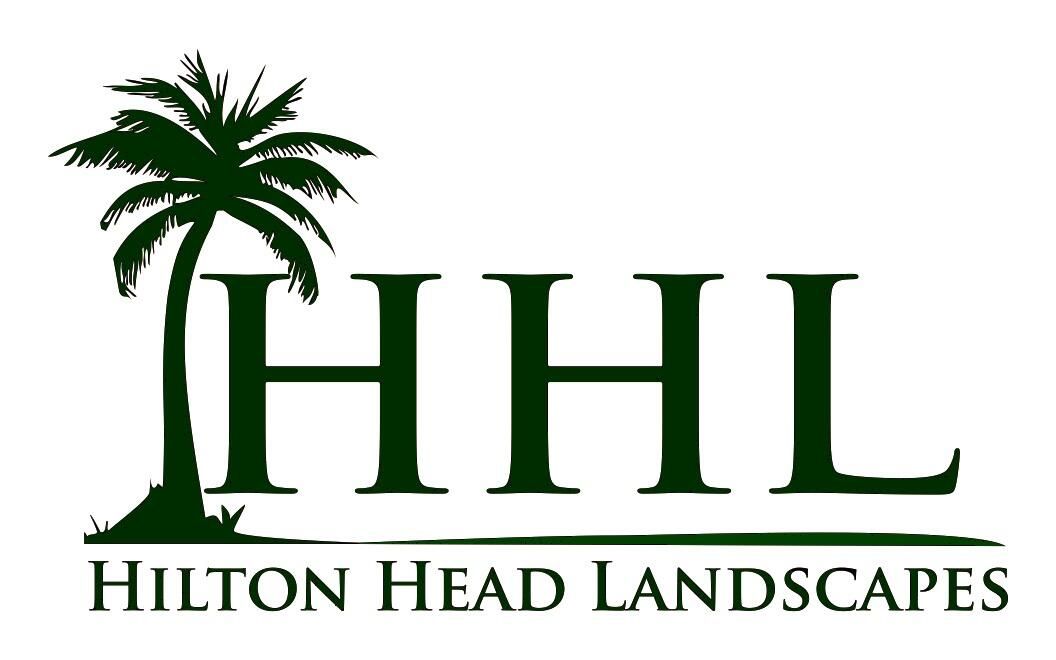Effective pest and disease management for Hilton Head landscapes

Pest and disease management is crucial for maintaining healthy, vibrant landscapes on Hilton Head Island. As a local landscaping company, we understand the unique challenges property owners face in our coastal environment. This will provide practical insights and strategies to help you protect your plants from common pests and diseases in the Lowcountry.
Key takeaways:
- Identify common pests and diseases affecting Hilton Head landscapes
- Implement integrated pest management techniques
- Use native plants to increase resistance to local pests and diseases
- Apply proper watering and fertilization practices to boost plant health
- Monitor landscapes regularly for early detection of issues
- Consider biological controls before resorting to chemical treatments
- Consult local experts for tailored solutions to Hilton Head's unique climate
Understanding Hilton Head's pest and disease challenges
Hilton Head Island's subtropical climate creates ideal conditions for many plant pests and diseases to thrive. High humidity, warm temperatures, and occasional salt spray from the ocean can stress plants, making them more susceptible to problems. Some common issues we encounter in local landscapes include:
Insect pests
Palmetto bugs, fire ants, and various scale insects are frequent nuisances for Hilton Head gardeners. These pests can damage plants by feeding on leaves, stems, and roots. Mosquitoes are also a significant concern, not just for plants but for human comfort and health as well.
Plant diseases
Fungal diseases like powdery mildew and root rot are common in our humid climate. Bacterial leaf spots and viral infections can also affect a wide range of ornamental plants and trees. The spread of these diseases is often exacerbated by improper watering practices and poor air circulation.
Invasive species
Kudzu, Chinese tallow, and other invasive plants can quickly overtake landscapes if left unchecked. These aggressive species not only crowd out native plants but can also harbor pests and diseases that affect the entire ecosystem.
Integrated pest management for Hilton Head landscapes
Integrated pest management (IPM) is a holistic approach to controlling pests and diseases while minimizing environmental impact. This strategy is particularly well-suited to Hilton Head's delicate coastal ecosystem. Here are the key components of an effective IPM program:
Prevention
The first line of defense against pests and diseases is prevention. This includes:
- Choosing disease-resistant plant varieties suited to Hilton Head's climate
- Proper plant spacing to improve air circulation
- Regular cleaning of gardening tools to prevent disease spread
- Mulching to reduce weed growth and conserve soil moisture
Monitoring
Regular inspection of your landscape is crucial for early detection of problems. Look for signs of pest damage, such as chewed leaves or discoloration. Check the undersides of leaves where many insects hide. Keep an eye out for any unusual growth patterns or wilting that could indicate disease.
Cultural controls
Adjusting your gardening practices can create an environment less favorable to pests and diseases:
- Water plants early in the day to allow foliage to dry before nightfall
- Prune dead or diseased branches promptly
- Rotate annual plants to disrupt pest life cycles
- Improve soil health through composting and proper fertilization
Biological controls
Encouraging beneficial insects and other natural predators can help keep pest populations in check. Some effective biological control methods for Hilton Head include:
- Planting nectar-rich flowers to attract ladybugs and lacewings
- Installing bird feeders and baths to encourage insect-eating birds
- Using beneficial nematodes to control soil-dwelling pests
Chemical controls
When other methods prove insufficient, targeted use of pesticides may be necessary. Always choose the least toxic option effective against the specific pest or disease you're dealing with. Follow label instructions carefully and apply during the coolest part of the day to minimize drift and evaporation.
Native plants for pest-resistant Hilton Head landscapes
Incorporating native plants into your landscape can significantly reduce pest and disease problems. These species have evolved to thrive in our local conditions and often have natural defenses against common pests. Some excellent native options for Hilton Head include:
- Yaupon holly (Ilex vomitoria): An evergreen shrub resistant to many pests and diseases
- Sweetgrass (Muhlenbergia filipes): A drought-tolerant grass that repels many insects
- Butterfly weed (Asclepias tuberosa): Attracts beneficial insects while being deer-resistant
- Live oak (Quercus virginiana): A majestic tree with few serious pest or disease issues

Proper watering techniques for disease prevention
Improper watering is a common cause of plant stress and disease in Hilton Head landscapes. To minimize these issues:
- Water deeply but infrequently to encourage deep-root growth
- Use drip irrigation or soaker hoses to keep foliage dry
- Avoid overwatering, which can lead to root rot and fungal diseases
- Adjust watering schedules based on rainfall and seasonal needs
Fertilization strategies for plant health
Healthy plants are better able to resist pests and diseases. Develop a fertilization plan tailored to Hilton Head's sandy soils and specific plant needs:
- Test soil regularly to determine nutrient deficiencies
- Use slow-release fertilizers to provide consistent nutrition
- Apply organic matter to improve soil structure and nutrient retention
- Avoid over-fertilizing, which can lead to excessive growth and attract pests
Early detection and response to landscape issues
Catching problems early is key to effective pest and disease management. Train your eye to notice subtle changes in your landscape:
- Look for discolored or distorted leaves
- Check for unusual spots or growths on plant surfaces
- Notice any changes in plant vigor or growth patterns
- Be aware of new insects or their eggs on plants
When you spot a potential issue, take prompt action. Remove affected plant parts, adjust care practices, or apply appropriate treatments as needed.
Biological control options for Hilton Head gardens
Biological controls can be highly effective in managing pests while preserving the natural balance of your landscape. Here are some options well-suited to Hilton Head:
- Release predatory mites to control spider mites and thrips
- Use Bacillus thuringiensis (Bt) to target caterpillar pests
- Introduce parasitic wasps to control aphids and whiteflies
- Apply neem oil as a natural insecticide and fungicide
Working with local experts for tailored solutions
Every landscape in Hilton Head has unique challenges and needs. Consulting with local experts can provide valuable insights and tailored solutions:
- Reach out to the Clemson Extension office for plant disease diagnostics
- Attend workshops offered by local garden clubs or nurseries
- Consider hiring a professional landscaping service with experience in local pest and disease management
Seasonal pest and disease management calendar
Adapting your management strategies to Hilton Head's seasonal patterns can improve their effectiveness. Here's a general guide:
Spring (March-May)
- Inspect plants for overwintering pests as they become active
- Apply preventative fungicides before humid weather sets in
- Begin monitoring for fire ant activity
Summer (June-August)
- Increase vigilance for insect pests during peak activity
- Watch for signs of heat stress that can make plants more susceptible to problems
- Continue regular inspections for fungal diseases
Fall (September-November)
- Clean up fallen leaves to reduce overwintering sites for pests and diseases
- Apply horticultural oils to control scale insects
- Prepare plants for winter by ensuring proper nutrition and hydration
Winter (December-February)
- Prune dead or diseased branches while plants are dormant
- Plan your spring planting and pest management strategy
- Monitor for cold damage that can create entry points for pests and diseases
Eco-friendly pest control products for Hilton Head
When chemical controls are necessary, opt for products with minimal environmental impact. Some eco-friendly options suitable for Hilton Head include:
- Insecticidal soaps for soft-bodied insects
- Diatomaceous earth for crawling pests
- Horticultural oils for scale insects and mites
- Copper-based fungicides for disease control
Always read labels carefully and apply these products according to instructions.
Managing mosquitoes in Hilton Head landscapes
Mosquitoes are a significant concern for both plant and human health in Hilton Head. To reduce mosquito populations in your landscape:
- Eliminate standing water where mosquitoes breed
- Install mosquito dunks in water features
- Use mosquito-repelling plants like citronella grass and marigolds
- Consider professional mosquito control services for persistent problems
Dealing with salt spray and coastal plant stress
Hilton Head's coastal location presents unique challenges for plant health. Salt spray can damage foliage and increase susceptibility to pests and diseases. To mitigate these effects:
- Choose salt-tolerant plant species for areas exposed to ocean winds
- Rinse plants periodically to remove salt buildup
- Create windbreaks to protect sensitive plants
- Maintain good soil health to help plants recover from salt stress
Community-wide pest management efforts
Effective pest and disease management often requires a community-wide approach. Participate in local initiatives:
- Support town-wide mosquito control programs
- Participate in invasive species removal events
- Share knowledge and resources with neighbors
- Advocate for sustainable landscaping practices in community spaces
Recordkeeping for long-term pest management success
Maintaining detailed records of your pest management efforts can improve their effectiveness over time. Keep track of:
- Pest and disease occurrences and their timing
- Treatment methods used and their results
- Weather patterns and their impact on plant health
- Changes in landscape composition and care practices
Use this information to refine your approach and anticipate future issues.
Adapting to climate change impacts on pest management
As Hilton Head's climate continues to change, pest and disease patterns may shift. Stay informed about emerging threats and adapt your management strategies accordingly. This may involve:
- Adjusting planting times to avoid peak pest activity
- Exploring new plant varieties better suited to changing conditions
- Updating irrigation systems to cope with altered rainfall patterns
- Staying connected with local extension services for the latest recommendations
Balancing aesthetics and plant health in Hilton Head landscapes
While pest and disease management is crucial, it's important to maintain the beauty of your Hilton Head landscape. Strive for a balance between plant health and visual appeal:
- Design landscapes with plant health in mind from the start
- Use strategic pruning to improve both appearance and air circulation
- Incorporate a variety of textures and colors to mask minor pest damage
- Choose ornamental plants that are both attractive and resilient
Educating clients on sustainable pest management
For landscape professionals in Hilton Head, client education is key to successful pest and disease management. Help your clients understand:
- The benefits of integrated pest management
- How to identify common pests and diseases
- The importance of proper watering and fertilization
- When to seek professional help for landscape issues
By empowering clients with knowledge, you can create more sustainable and resilient landscapes across the island.
- Integrated Pest Management (IPM) is an effective strategy for managing pests and diseases in agriculture. IPM combines multiple approaches to prevent and control pests, minimizing the use of pesticides. EPA
- Crop rotation is a common practice in IPM. By changing crops each season, farmers can disrupt the life cycle of pests and diseases, reducing their impact. NCBI
- Biological control is another effective strategy. This involves using natural enemies of pests, such as predators, parasites, and pathogens, to control their populations. ScienceDirect
- Trap crops are used to attract pests away from the main crop. Once the pests have gathered in the trap crop, they can be easily controlled. Alberta Agriculture
- Mulching is a practice that can help prevent diseases by reducing soil moisture and keeping the soil cool. Extension.org
- Resistant varieties of crops can be used to prevent the spread of diseases. These varieties have genes that make them resistant to specific diseases. Australian Government
A holistic approach to Hilton Head landscape health
Effective pest and disease management in Hilton Head landscapes requires a comprehensive, adaptable approach. By combining prevention, monitoring, and targeted interventions, you can maintain a beautiful, healthy landscape that thrives in our unique coastal environment. Remember that each property has its microclimate and challenges, so be prepared to adjust your strategies as needed. With patience and persistence, you can create a resilient landscape that resists pests and diseases while enhancing the natural beauty of Hilton Head Island.
For more information, you can visit our website or contact us.



